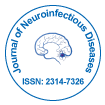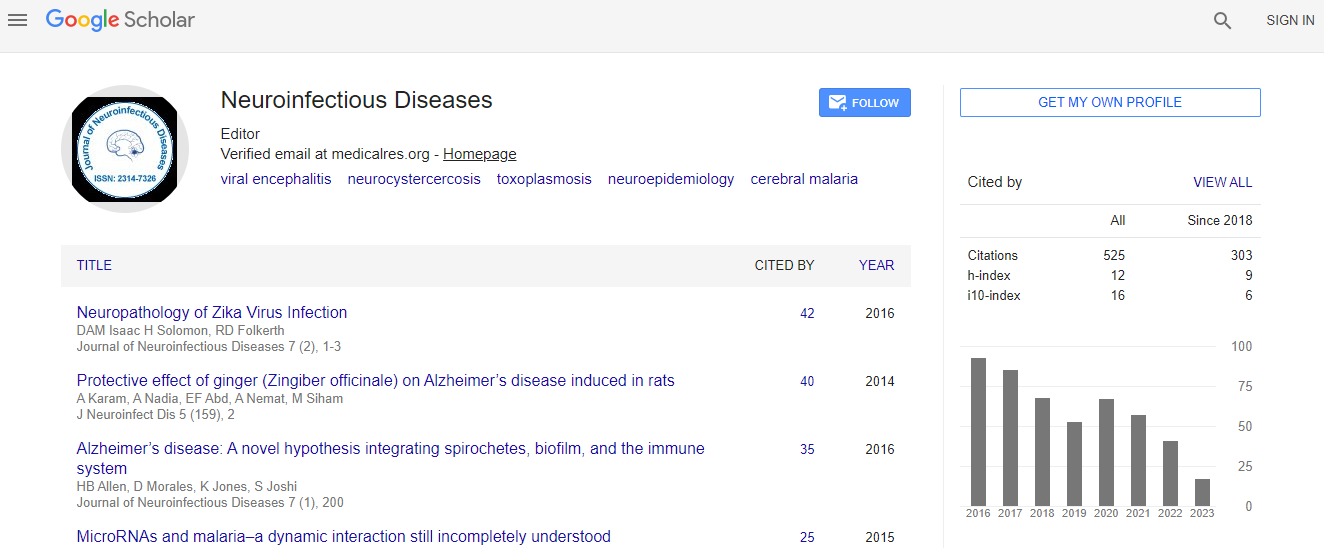Case Report
Creutzfeldt-Jakob Disease and Hashimotos Thyroiditis: A Case Report Illustrating Prion-Induced Encephalitis
| Luis Dabul1, Gerardo F Ferrer2, Susanna Oh3, Juan D Oms2, Marcos A Sanchez-Gonzalez1* and Rhaisa Dumenigo2 | |
| 1Division of Clinical and Translational Research, Larkin Community Hospital, South Miami, FL, USA | |
| 2Department of Psychiatry, Larkin Community Hospital, South Miami, FL, USA | |
| 3Department of Neurology, Larkin Community Hospital, South Miami, FL, USA | |
| *Corresponding Author : | Dr. Marcos A Sanchez-Gonzalez Division of Clinical and Translational Research Larkin Community Hospital 7000 SW 62nd Ave South Miami, Florida 33143, USA Tel: 3052847608 E-mail: masanchez@larkinhospital.com |
| Received: February 04, 2016 Accepted: February 11, 2016 Published: February 15, 2016 | |
| Citation: Dabul L, Ferrer GF, Oh S, Oms JD, Sanchez-Gonzalez MA, et al. (2016) Creutzfeldt-Jakob Disease and Hashimotos Thyroiditis: A Case Report Illustrating Prion-Induced Encephalitis. J Neuroinfect Dis 7:204. doi:10.4172/2314-7326.1000204 | |
| Copyright: © 2016 Dabul L, et al. This is an open-access article distributed under the terms of the Creative Commons Attribution License, which permits unrestricted use, distribution, and reproduction in any medium, provided the original author and source are credited. | |
Abstract
Sporadic creutzfelt-Jakob disease (sCJD) is a rare neurodegenerative disorder and the most common type of the prion diseases that affects humans. Its clinical manifestations are progressive dementia, myoclonus, visual or cerebellar disturbances, pyramidal dysfunction, and akinetic mutism. Laboratory findings include high levels of the 14-3-3 protein in cerebrospinal fluid and Electroencephalogram with periodic spikes at ≈ 1 Hz. We present a 51- year-old Hispanic woman with Hashimoto’s thyroiditis and a 1-year history of depression who developed rapidly progressive dementia. She required extensive diagnostic examinations and eventually was diagnosed with sCJD based on the World Health Organization diagnostic criteria. Real-time quaking-induced conversion (RT-QuIC) was positive, and thyroid peroxidase antibodies (TPO-AB) (2391 IU/ml) and 14-3-3 protein (3.8 ng/ml) were elevated. Her key findings included rapidly progressive dementia, ataxia, akinetic mutism, myoclonus, rigidity, visual disturbance, EEG (Electroencephalogram) with periodic sharp wave complexes at 1 Hz, and normal head CT scans. She progressively worsened and died 3 months after the onset. In sum, patients with CJD and Hashimoto’s thyroiditis should be (i) evaluated for autoimmune encephalitis, (ii) screened for a rise in TPO antibodies, and (iii) steroids administration should be considered as adjuvant therapy. This case illustrates a prion disease mediated immune system modulation which we believe is a potential underlying mechanism by which the 14-3-3 protein induces a steroid non-responsive autoimmune encephalitis.

 Spanish
Spanish  Chinese
Chinese  Russian
Russian  German
German  French
French  Japanese
Japanese  Portuguese
Portuguese  Hindi
Hindi 
